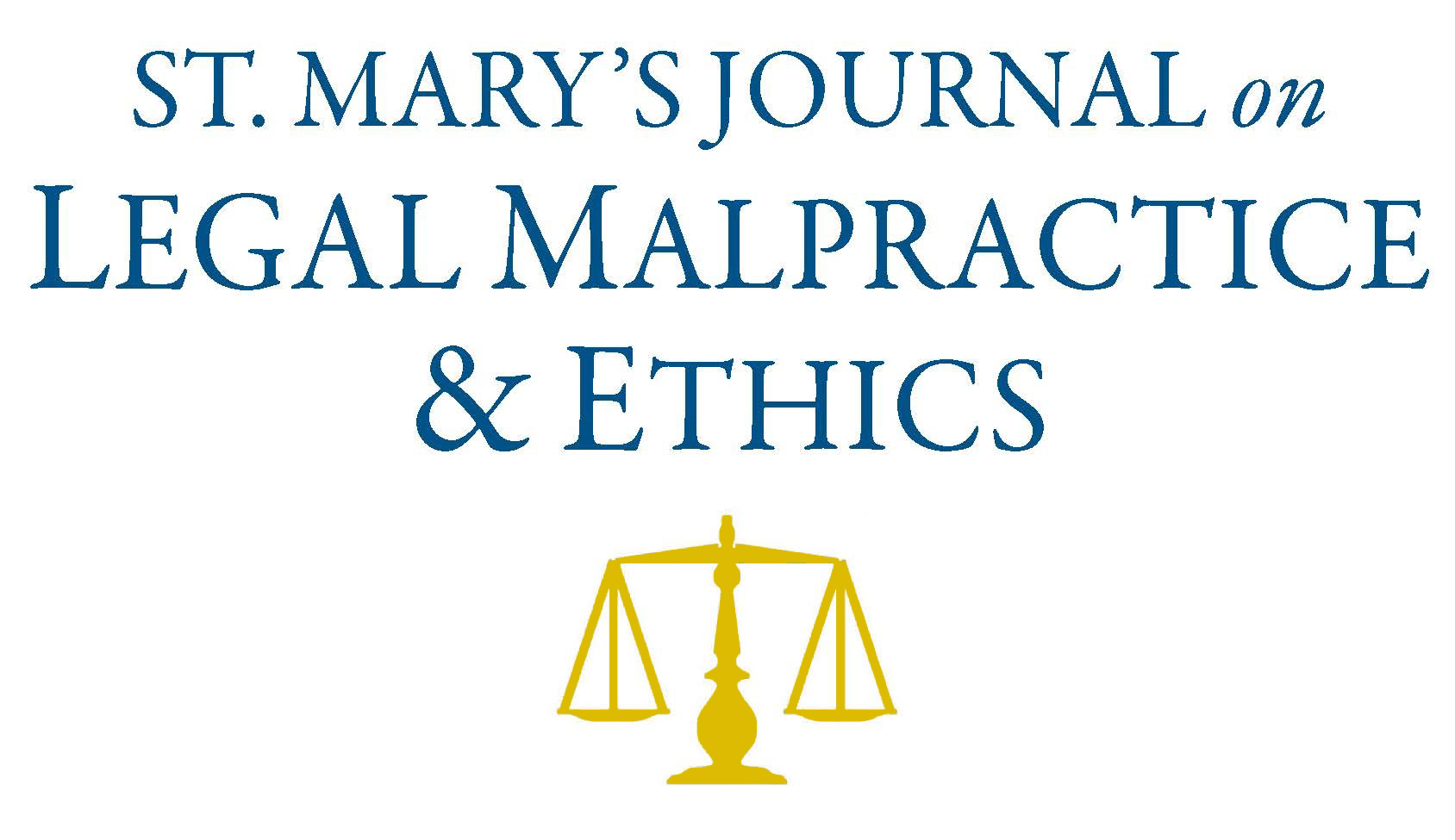
First Page
109
Date Created
4-9-2025
Publisher
St. Mary's University School of Law
Editor
Natalia Francesca Jasso
Last Page
161
Abstract
This Article focuses upon a basic negotiation device—a threat, used in a particular context—threats contained in settlement demand letters. In some, but not all, cases, however, the threat may be deemed a crime (extortion), in which case, the lawyer may be subject to sanction (criminal or civil liability, professional discipline) for making the threat. This consequence has, however, been largely ignored in academic literature. That is unfortunate, for it appears that many lawyers are unaware of the risks negotiation threats present because the risk is not well defined in the professional codes lawyers would normally look to for guidance.
This Article explores the fine, perhaps almost imperceptible, line that separates a permissible from impermissible threat. The Article does this by examining a number of California judicial decisions on this point. California was chosen because the California Supreme Court’s decision in 2006 in Flatley v. Mauro appears to have sparked interest in seeking civil recourse against lawyers who make negotiation threats. This Article also discusses the application of First Amendment principles to “threats.” The Article concludes with some recommendations on how lawyers can reduce the risks that any threats they use will subject them to civil liability or professional discipline.
Recommended Citation
James M. Fischer,
When Can a Lawyer Lawfully Use Threats When Negotiating?,
15
St. Mary's J. on Legal Malpractice & Ethics
109
(2025).
Available at:
https://commons.stmarytx.edu/lmej/vol15/iss1/4

